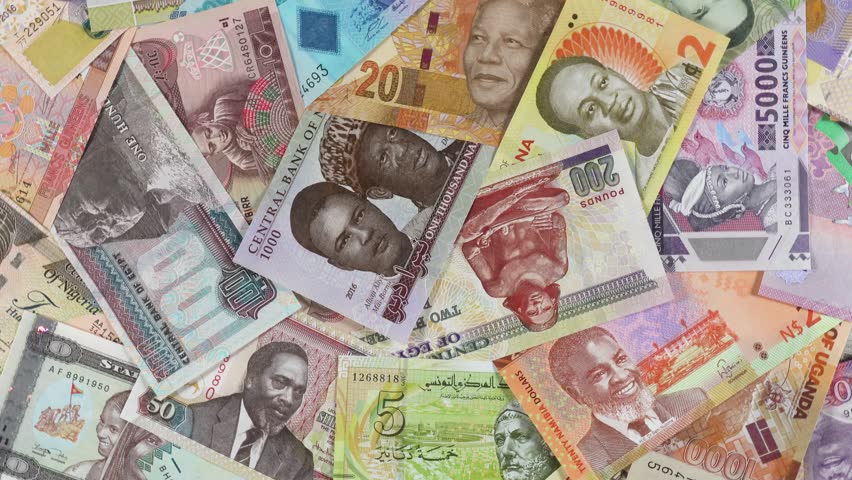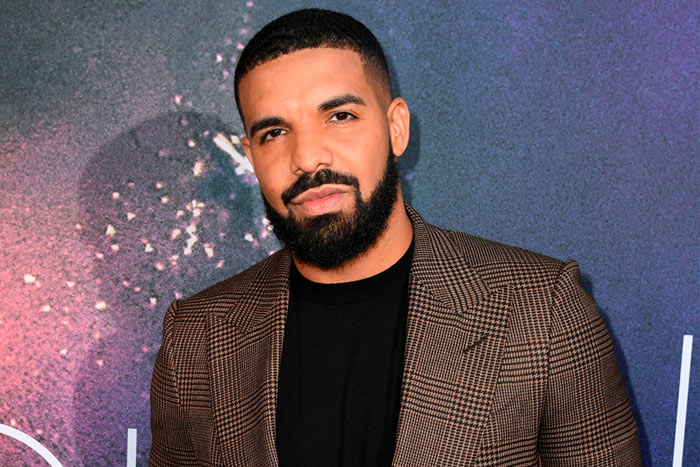The currency of a country reflects the state of its economy and the living standards of its people.
According to Investopedia, a currency is defined as a medium of exchange for goods and services.
A currency’s exchange rate is also usually determined by the strengths and weaknesses of its country’s economy.
According to the International Monetary Fund, the US dollar is the most popular currency making up over 60% of all known central banks’ foreign exchange reserves making it a de facto global currency.
Below are the top 10 strongest African currencies. The strength of the following currencies is based on their exchange rates against the dollar.
1. Libyan Dinar (1 USD = LD 1.41) – The Libyan Dinar has been the strongest African currency for a long time despite the ongoing violence and political instability. Additionally, the Central Bank of Libya (CBL) has a program that only sells a limited number of USD to its citizens.
2. Tunisian Dinar (1 USD = DT 2.87) – Tunisia used to use the french franc until they gained independence in 1956 and introduced the Tunisian Dinar. The strength of the Tunisian Dinar is a result of the country’s well-defined export, import and conversion policy.
3. Ghanaian Cedi (1 USD = GH 5.49) – Having undergone many currency changes, the introduction of the Cedi stabilized and strengthened Ghana’s economy and currency. Making Ghana the only West African country on this list. The immense value of the Cedi stems from the country’s GDP per capita which is the largest in West Africa.
4. Moroccan Dirham (1 USD = MAD 9.20) – The Morrocan Dirham is the de-facto medium of exchange in the Western Sahara region. It is pegged to the currency basket of the USD and Euro, with 60% to the Euro and 40% to USD.
5. Botswana Pula (1 USD = P 11.6) – The strength of the Pula is a result of the country’s exemplary economy and political structure. Its power also comes from traders trading on the Johannesburg stock exchange, which is the largest stock exchange in Africa.
6. Zambian Kwacha (1 USD = ZK 13.4) – The attractive value of the Kwacha is because of Zambia’s position as Africa’s largest copper producer. The dependence of their currency on their copper export also means that the currency fluctuates based on the market price of copper at a given time.
7. Seychellois Rupee (1 USD = SR 13.64) – Seychelles reaps the benefits of its strict monetary policy, as well as its market-based economy and increased foreign investments that have heightened its GDP and in turn strengthened its currency.
8. South African Rand (1 USD = R 14.87) – South Africa’s currency and economy used to depend on the price of gold, but as a result of increased development, there has been growth. Countries like Swaziland and Namibia have even pegged their currencies to the rand. Meaning, their value depends on the values of the South African rand.
9. Eritrean Nakfa (1 USD = NFK 15.00) – Unlike most countries, Eritrea’s Nakfa has a fixed exchange rate that protects it from fluctuations.
10. Egyptian Pound (1 USD = E£ 15.86) – The Egyptian Pound is used in Sudan and the Gaza Strip. It gained value after the government produced interest rates to attract domestic and foreign investments.




